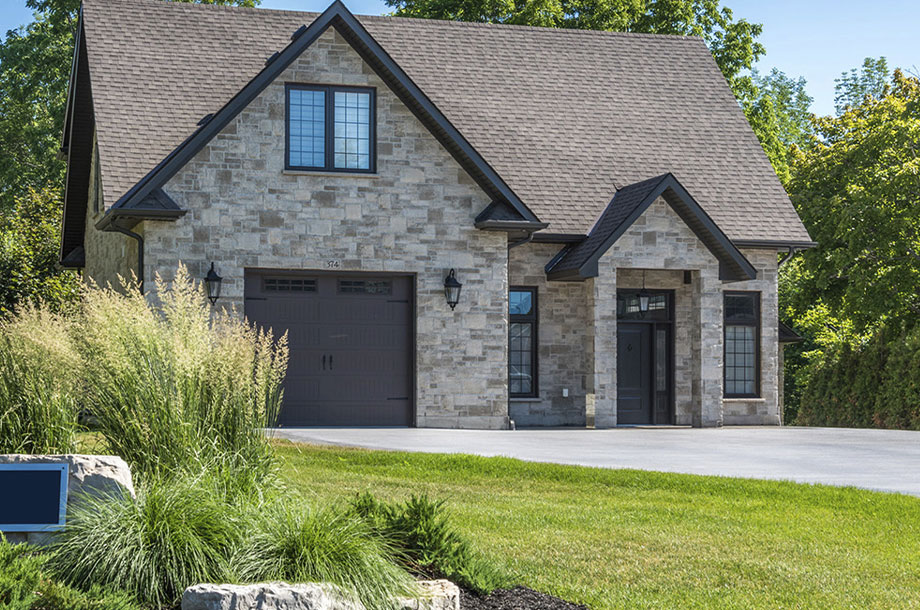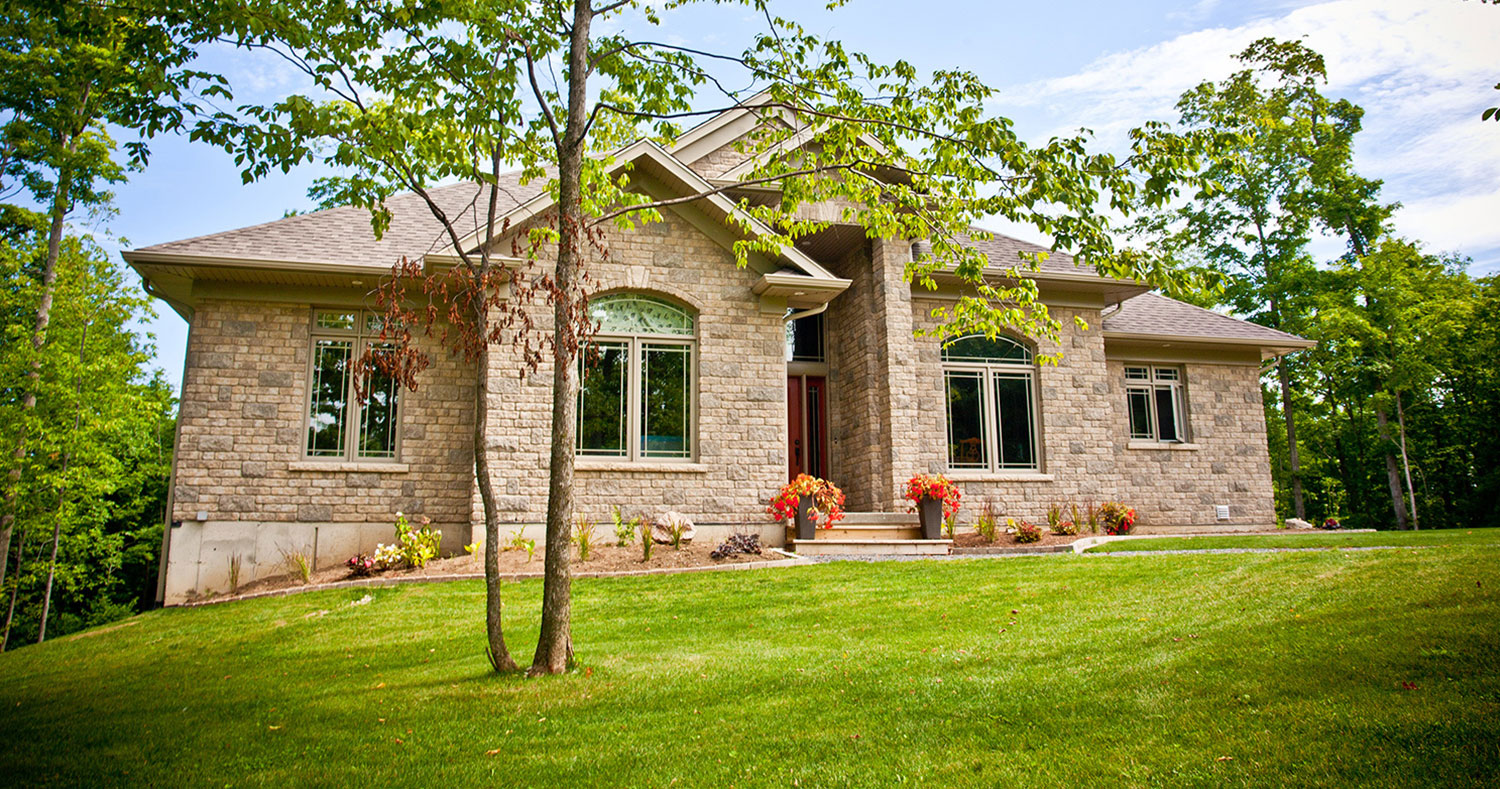Turfgrass is often found on athletic fields, parks, and golf courses but have you considered it for your front lawn? Discover how today turfgrass offers economic, environmental, and health benefits. It’s easy to see why many custom built home owners are finding turfgrass irresistible.
Air Quality
Did you know that turfgrass is in actual sense a living organism? In a process known as photosynthesis, every plant absorbs carbon dioxide to manufacture simple sugars that serve as food. Oxygen is then released into the atmosphere as a photosynthesis byproduct.
As a matter of fact, a 2,500 square foot turfgrass area generates adequate oxygen for four family members. An average sized, well-maintained lawn captures up to 300 pounds of carbon annually. A soccer field can offset carbon emitted by an automobile that has travelled 3,000 miles. It’s clear, turfgrass is a gallant soldier in terms of counteracting greenhouse effects in urban areas.
Stormwater Management
Landscaping is a time-tested means of preventing pollutants from making their way into your soil. Such pollutants from stormwater can run into the main water supply. Filtering excess stormwater is what turfgrass does best! Turfgrass prevents pollutants and sediment from finding their way into water bodies. An average soccer field can wipe out 50,000 water gallons prior to runoff occurring. Thanks to the fibrous root system, soil is stabilized. This prevents movement of sediment into rivers and creeks as well as reduces erosion.
On the same vein, turfgrass redirects the water flow. More water get absorbed by the soil when the speed is reduced. This process goes a long way in helping prevent flooding as well as soil erosion. You might be surprised to learn that sodded lawns absorb rainfall four times more effectively than a hay field, and six times better than a wheat field!
Heat

Turfgrass has what it takes to reduce environmental heating. During the summer, healthy turf will be at the very least 14 degrees cooler than bare soil and 30 degrees cooler than asphalt. The best way to put turf grass cooling effect into perspective is comparing it to air conditioning. A typical home will in most cases have a three ton capacity air conditioner. According to the California Energy Commission, an average sized lawn roughly provides 9 tons of air conditioning. Also, one baseball field is equal to 70 tons of air conditioning. Thanks to this cooling effect, electrical cooling needs get reduced. Not to mention, athletes receive a more enjoyable environment for training.
Stress and Wellness
Green spaces play a major role when it comes to stress reduction and enhancing wellness. There is growing evidence that plants help in reducing stress. A University of California study done in 2002 showed that patients with a view of lawns and nature from their hospital room recovered much faster in comparison to patients surrounded by confining walls.
What is more, research shows that turfgrass has noise absorption capabilities. Trust turf to help keep the noise down in your custom built home so you may enjoy a goodnight sleep.
Final Word
Here we are! You now know why turfgrass is beneficial to your custom built home. Give it a shot today and see for yourself.
